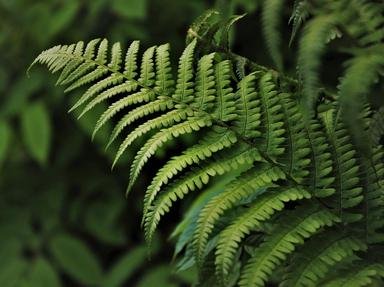Quiz Answer Key and Fun Facts
1. Let's start with one of the most toxic plants found anywhere. The Atropa belladonna is also known as what?
2. Brugmansia is known to cause hallucinations and a loss of a sense of reality. What's another, somewhat misleading, name for this dangerous plant?
3. Pull the root of this tall plant fresh out of the ground and you could end up with seizures. What's the common name for the cicuta plant?
4. For humans, the worst part of this red edible is deciding whether it's a fruit or a vegetable. For dogs, this plant may cause gastrointestinal problems. What is it?
5. This yellow or white flower, commonly found in spring, is sold by cancer societies to raise funds but is a rather poisonous specimen for animals and humans. What is this flower?
6. This plant causes milk sickness and was believed to be the cause of the death of Abraham Lincoln's mother. What's this plant called?
7. Every part of this bitter tasting plant, that is often used ornamentally in hedges, is toxic. What's the name of this beautiful but deadly plant?
8. Although widely used around the world, this plant is linked to several diseases including many types of cancers. What's the common name for many plants of the Nicotiana genus?
9. This beautiful plant, whose flower color is determined by the soil it's planted in, can be problematic for rabbits and other small mammals. What is it?
10. This pretty member of the Rhododendron family is toxic for you and your pets. What is this slow-growing plant, whose flowers are known to last for weeks, called?
Source: Author
ramonesrule
This quiz was reviewed by FunTrivia editor
rossian before going online.
Any errors found in FunTrivia content are routinely corrected through our feedback system.

